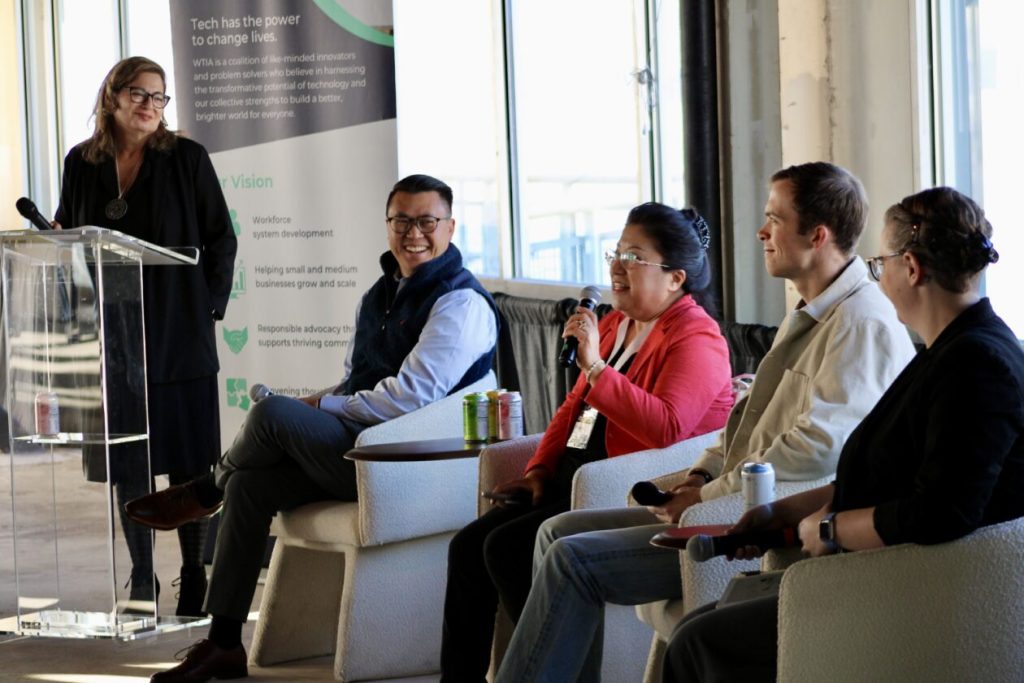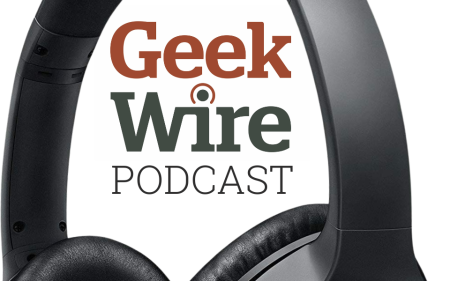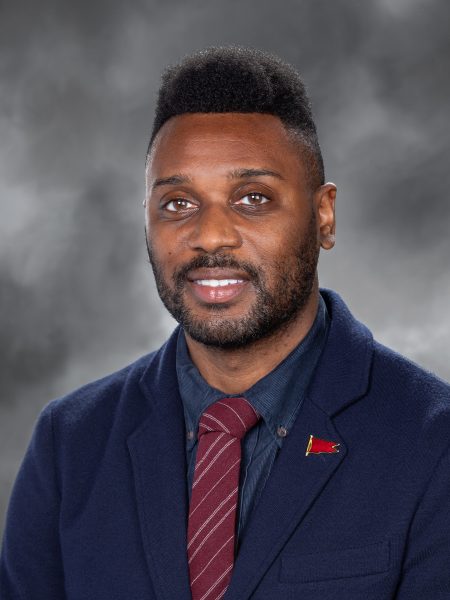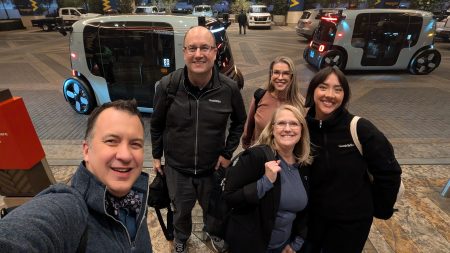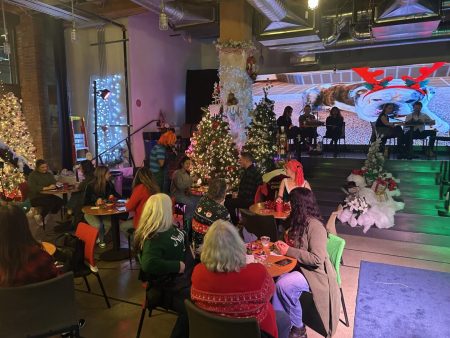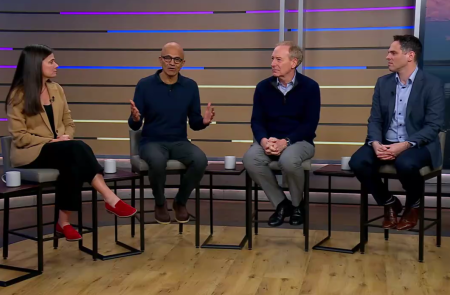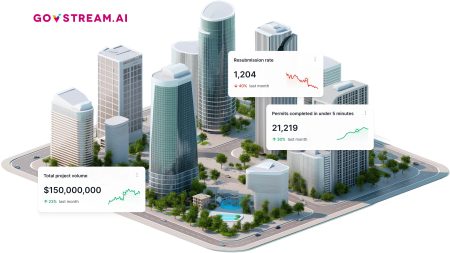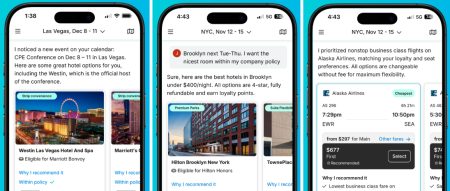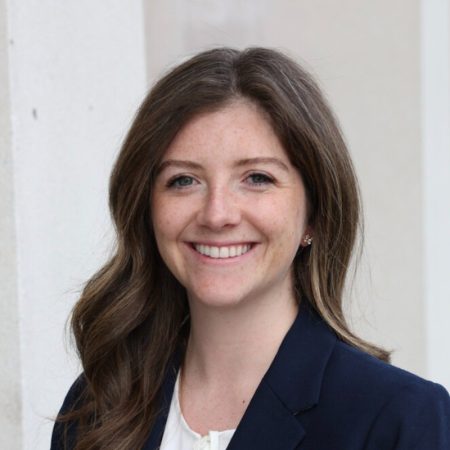Seattle at a Crossroads: AI Opportunity Meets Tech Industry Restructuring
In the heart of the Pacific Northwest, Seattle stands at a pivotal moment in its technological journey. As Seattle AI Week 2025 kicked off at Pier 70, the atmosphere reflected a striking duality that defines the region’s current reality. On stage, panelists spoke optimistically about Seattle’s promising AI future, while conversations among attendees inevitably turned to Amazon’s impending layoffs. This juxtaposition perfectly encapsulates the complex transition Seattle faces: a region with immense AI potential navigating the disruption that same technology is creating in its established tech giants. Washington Governor Bob Ferguson acknowledged this tension in his address, noting how AI simultaneously presents “challenges and opportunities” for the state. His vision involves maximizing AI’s benefits while minimizing its downsides—a delicate balancing act for a region where technology has been the primary economic driver for decades. The governor proudly highlighted Washington’s high concentration of AI jobs, positioning this expertise as a foundation for future growth even as traditional tech roles undergo significant restructuring.
The contrast between Seattle’s AI ambitions and its current workforce challenges speaks to a broader transformation. Once defined by explosive hiring at Microsoft and Amazon, Seattle’s tech ecosystem is now experiencing corporate “efficiency and focus” initiatives—corporate-speak for the painful process of downsizing. These companies that once added thousands of positions annually are now shedding workers, creating uncertainty but potentially releasing talent into the broader ecosystem. This restructuring represents more than a temporary adjustment; it signals a fundamental shift in how the region’s tech economy operates. Seattle AI Week itself emerged partly as a response to perceived messaging problems about the region’s AI capabilities. As Nick Ellingson of the Washington Technology Industry Association explained, the event was created after Seattle was notably absent from Forbes’ prestigious list of top 50 AI startups. This oversight prompted local leaders to showcase “all the cool things happening around AI in Seattle” and expand awareness beyond traditional tech boundaries. The initiative reflects a growing recognition that Seattle needs to better communicate and possibly reshape its technological identity in the AI era.
Despite current challenges, industry leaders maintain that Seattle holds a privileged position in the global AI landscape. WTIA’s Arry Yu confidently stated that Washington is “one of the few capitals of AI in the world,” positioning the region alongside powerhouses like Silicon Valley and China’s tech hubs. What distinguishes Seattle, according to Yu, is not just its technological prowess but its community-oriented approach—a foundation upon which she believes the future can be built. However, this optimistic assessment was tempered by Nathan Lambert of the Allen Institute for AI, who described Seattle’s AI scene as “sleepy,” noting limited cross-pollination between companies. Lambert suggested that while Seattle shouldn’t strive to replicate Silicon Valley’s model entirely, it could benefit from adopting certain collaborative elements that made the Bay Area successful. This tension between preserving Seattle’s distinctive tech culture while fostering greater innovation networks represents one of the region’s central challenges.
The current wave of layoffs raises an important question about Seattle’s entrepreneurial future: Will displaced tech workers launch their own ventures? Historically, this outcome has been more aspiration than reality in the Seattle region, with relatively few laid-off employees successfully transitioning to entrepreneurship. However, AI technology could potentially change this equation by lowering barriers to entry for new companies and enabling smaller teams to create significant value. The democratizing nature of AI tools might allow even modestly sized startups to develop competitive products, potentially sparking a more robust startup ecosystem than previous tech downturns produced. If this materializes, Seattle could witness the emergence of more independent innovation centers less dependent on the strategic decisions of its tech giants. Such a development would represent a maturation of the regional tech economy, diversifying its sources of growth and reducing vulnerability to corporate restructuring.
This potential entrepreneurial renaissance aligns with broader discussions about Seattle’s place in the AI landscape. The city possesses remarkable advantages—world-class research institutions, established tech infrastructure, and a deep talent pool—yet has struggled to translate these assets into a proportionate number of high-profile AI startups. Seattle AI Week aims to address this disconnect by highlighting existing strengths while fostering connections that might spawn new ventures. The initiative represents recognition that the region’s future competitiveness depends on nurturing a more dynamic startup environment alongside its established tech leaders. As Lambert suggested, Seattle doesn’t need to abandon its unique character to achieve this goal, but rather selectively incorporate practices that encourage greater innovation and risk-taking while maintaining the collaborative spirit that distinguishes the Pacific Northwest tech scene.
As Seattle navigates this technological transition, the fundamental question becomes whether the region can generate its next wave of transformative companies from within. The area that gave rise to Microsoft and Amazon now faces the challenge of fostering new ventures capable of similar impact in the AI era. This moment of restructuring, while difficult, potentially creates space for entrepreneurial energy that might otherwise remain constrained within established organizations. Governor Ferguson’s emphasis on balancing innovation with responsible development reflects the broader regional aspiration: harnessing AI’s transformative potential while ensuring its benefits extend throughout Washington’s economy and society. Seattle’s tech community now stands at a crossroads where challenge meets opportunity, with the outcome depending largely on how effectively the region can channel its collective expertise into new ventures that shape AI’s future rather than merely responding to changes initiated elsewhere. In this period of transition, Seattle has a chance to redefine its technological identity for the next generation of innovation.





